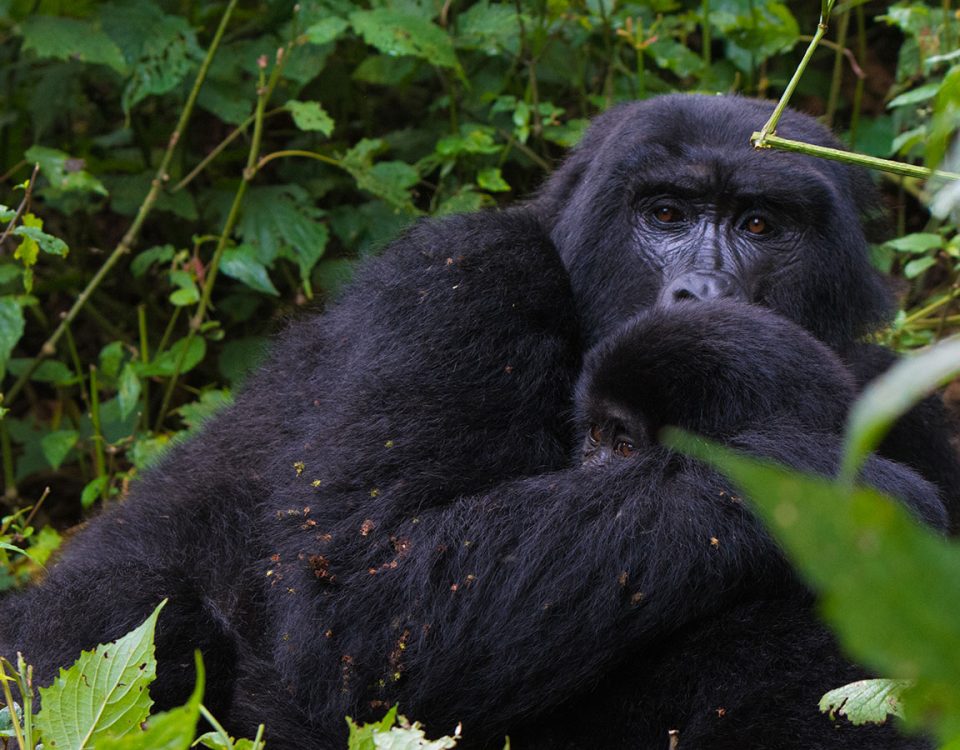
A comparison between Kidepo and Queen Elizabeth National Park
September 27, 2024
PEOPLE AND CULTURE IN UGANDA:
October 3, 2024UGANDA AFTER COVID19
After the COVID-19 pandemic, Uganda has faced several challenges and has been working on recovery across various sectors. The country was hit really hard economically and socially. Uganda’s economy has shown resilience with a real GDP growth of 6.3% in 2022, up from 5.6% in 2021 with key Agriculture being the key driver despite the adverse effects of higher commodity prices and disruptions in global supply chain.
The pandemic exacerbated food insecurity, leading to significant challenges for many Ugandan households. Government measures included distributing food relief, but rural areas were particularly hard hit due to assumptions that they could produce their own food. Rising food prices and reduced incomes not only increased food insecurity but also necessitated continued government intervention and support.
Health wise, Uganda has improved its emergency response systems with support from international partners. Efforts include enhancing the capacity of the National Emergency Coordination and Operation Center to manage not just COVID-19, but also other public health emergencies. This includes increased surveillance, particularly in border areas that are at high risk for disease spread.
The country has really made strides in economic recovery and improving emergency response mechanisms although, more efforts are ongoing to address food security and ensure sustainable growth and resilience.
The “new normal” in Uganda post-COVID-19 reflects adjustments in various sectors as the country adapts to ongoing challenges and opportunities:
- Economic Adaptation: The Ugandan economy is gradually recovering, with notable growth in sectors like agriculture and services. The government has focused on fiscal policies to manage inflation and public debt. However, there remains a need for further investments, especially in infrastructure and technology, to sustain growth.
- Food Security and Agriculture: Food insecurity remains a significant issue, exacerbated by the pandemic. Efforts are ongoing to improve food production and distribution. The government is being urged to establish national food reserves and improve agricultural technologies, particularly for women who form a large part of the agricultural workforce.
- Health and Emergency Preparedness: Health systems have been strengthened, with increased capacity for emergency response. This includes better surveillance and response mechanisms for public health crises, particularly in border areas prone to disease outbreaks.
- Social Changes: The pandemic has led to shifts in social behaviors and norms. Remote working has become more common among white-collar workers, while many others continue to struggle with employment instability. There is an increased focus on social safety nets and support systems to help vulnerable populations.
- Education: Schools have reopened, but there is an ongoing need to address learning gaps caused by prolonged closures. Hybrid learning models combining in-person and remote education are being explored to ensure continuity of education during future disruptions.
- Digital Transformation: The pandemic accelerated the adoption of digital technologies across various sectors. Businesses and government services are increasingly leveraging digital tools to improve efficiency and reach. This digital shift is expected to continue, influencing how services are delivered and accessed.
The new normal in Uganda involves a mix of recovery efforts, structural adjustments, and ongoing challenges that require coordinated actions across different sectors to ensure sustainable development and resilience.


